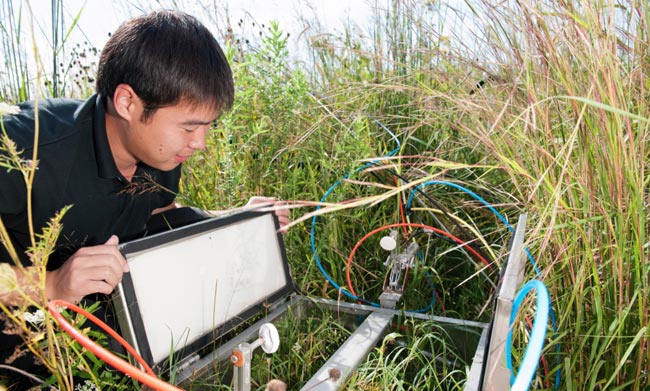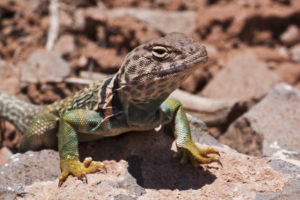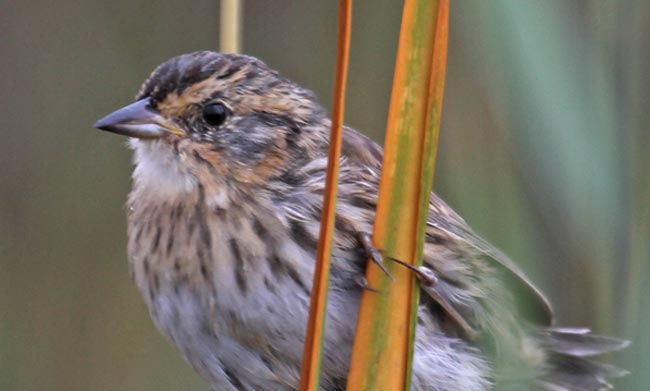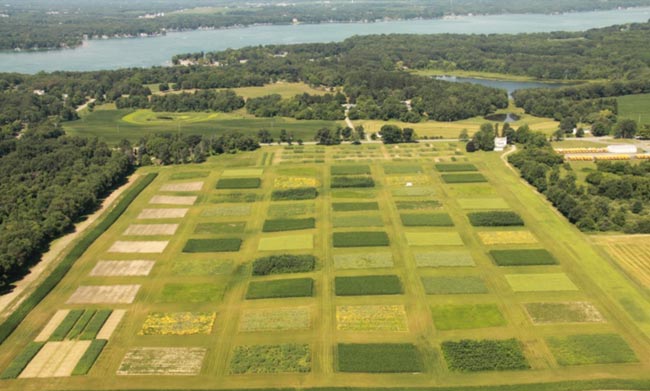Data literacy is important for both students and educators as it is essential in the development of quantitative reasoning skills. Data Nuggets and Data Jams help students develop critical thinking skills as they explore authentic datasets derived from cutting edge science designed in partnership by teachers and scientists. By exploring actual data students also connect with the personal story of the researcher and the real life challenges that goes into scientific research.
Data Nuggets give students practice working with real world ecological data and interpreting quantitative information. Students are guided via a scaffolding model that follows the scientific process including identifying hypotheses and predictions, visualizing and interpreting data, making evidence based claims, and asking their own questions for future research.
Data Nuggets can be used throughout the school year, and across grades K-16, as students grow in their quantitative abilities and gain confidence. These Data Nuggets are derived from LTER research.
Make way for mummichogs

Bye bye birdie? Part I
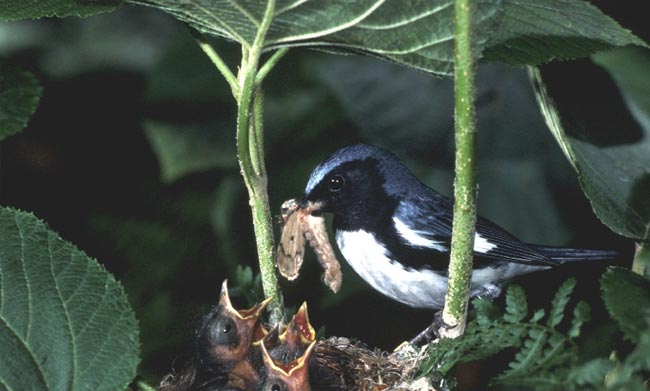
Bye bye birdie? Part II

Keeping up with the sea level

Urbanization and Estuary Eutrophication

Urbanization and Estuary Eutrophication
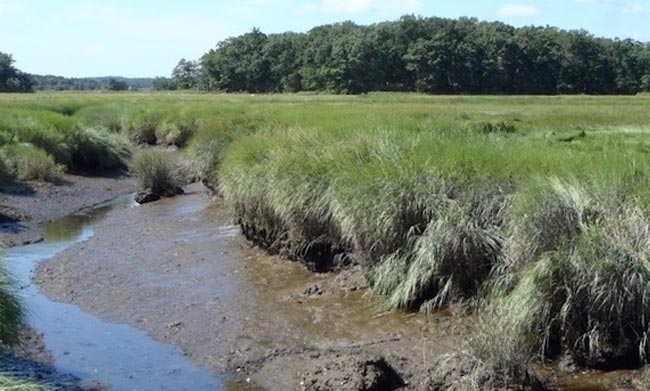
Can a salt marsh recover after restoration?
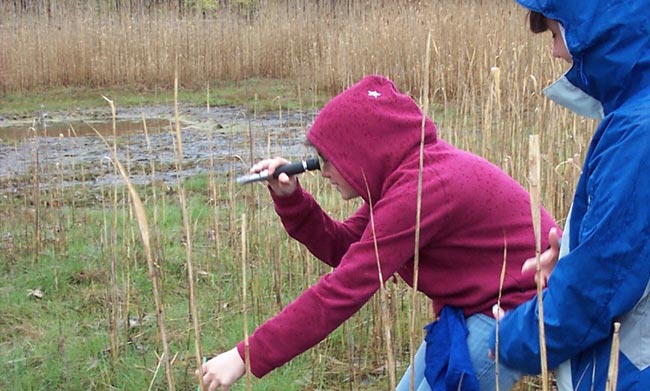
The mystery of Plum Island Marsh
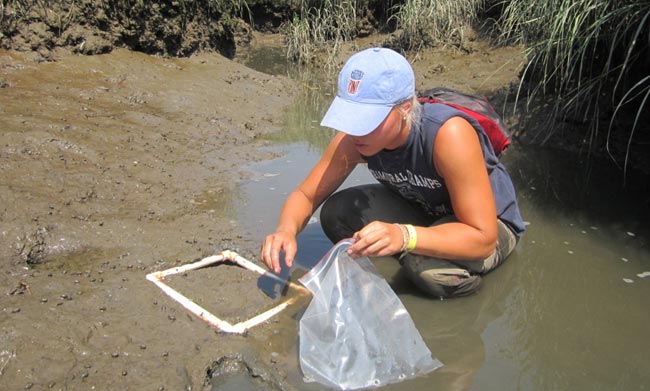
Invasive reeds in the salt marsh
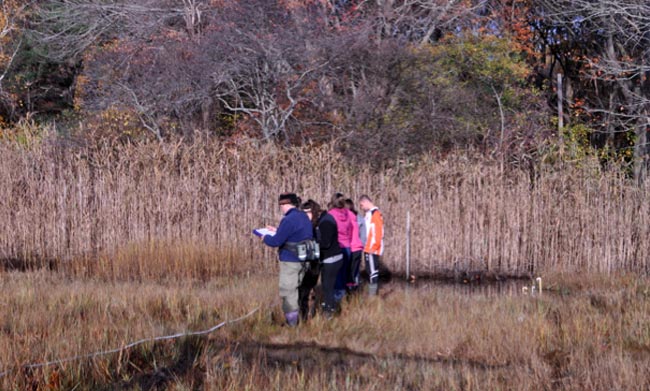
The ground has gas!
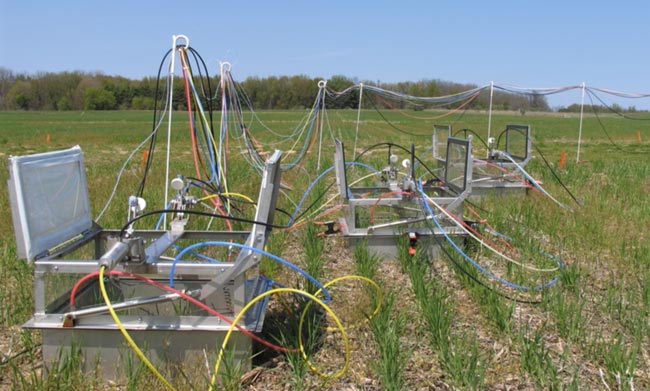
Fertilizing biofuels may cause release of greenhouse gasses
